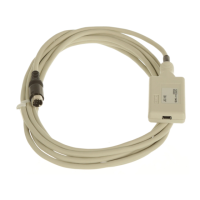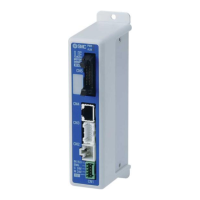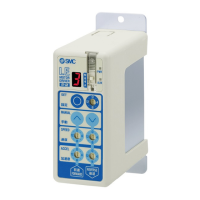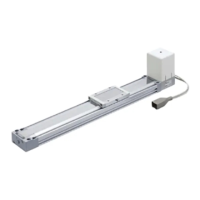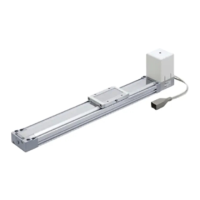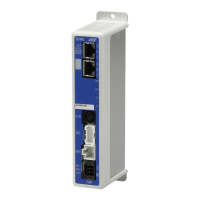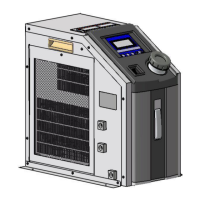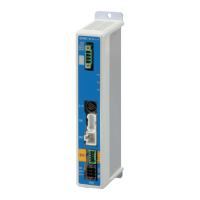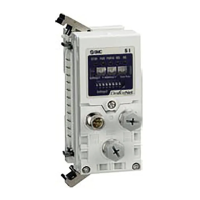6. NORMAL GAIN ADJUSTMENT
6 - 17
(c) Parameter adjustment
1) [Pr. PB09 Speed loop gain]
This parameter determines the response level of the speed control loop. Increasing this value
enhances response but a too high value will make the mechanical system liable to vibrate. The
actual response frequency of the speed loop is as indicated in the following expression.
Speed loop response frequency [Hz] =
(1 + Load to motor inertia ratio) × 2
Speed loop gain
2) [Pr. PB10 Speed integral compensation]
To eliminate stationary deviation against a command, the speed control loop is under proportional
integral control. For the speed integral compensation, set the time constant of this integral control.
Increasing the setting lowers the response level. However, if the load to motor inertia ratio is large
or the mechanical system has any vibratory element, the mechanical system is liable to vibrate
unless the setting is increased to some degree. The guideline is as indicated in the following
expression.
Speed integral compensation setting [ms] ≥
2000 to 3000
Speed loop gain/(1 + Load to motor inertia ratio)
3) [Pr. PB07 Model loop gain]
This parameter determines the response level to a speed command. Increasing the value
improves trackability to a speed command, but a too high value will make overshoot liable to
occur at settling.
Model loop gain guideline ≤
(1 + Load to motor inertia ratio)
Speed loop gain
(2) For position control
(a) Parameter
The following parameters are used for gain adjustment.
Load to motor inertia ratio
Speed integral compensation
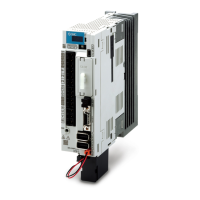
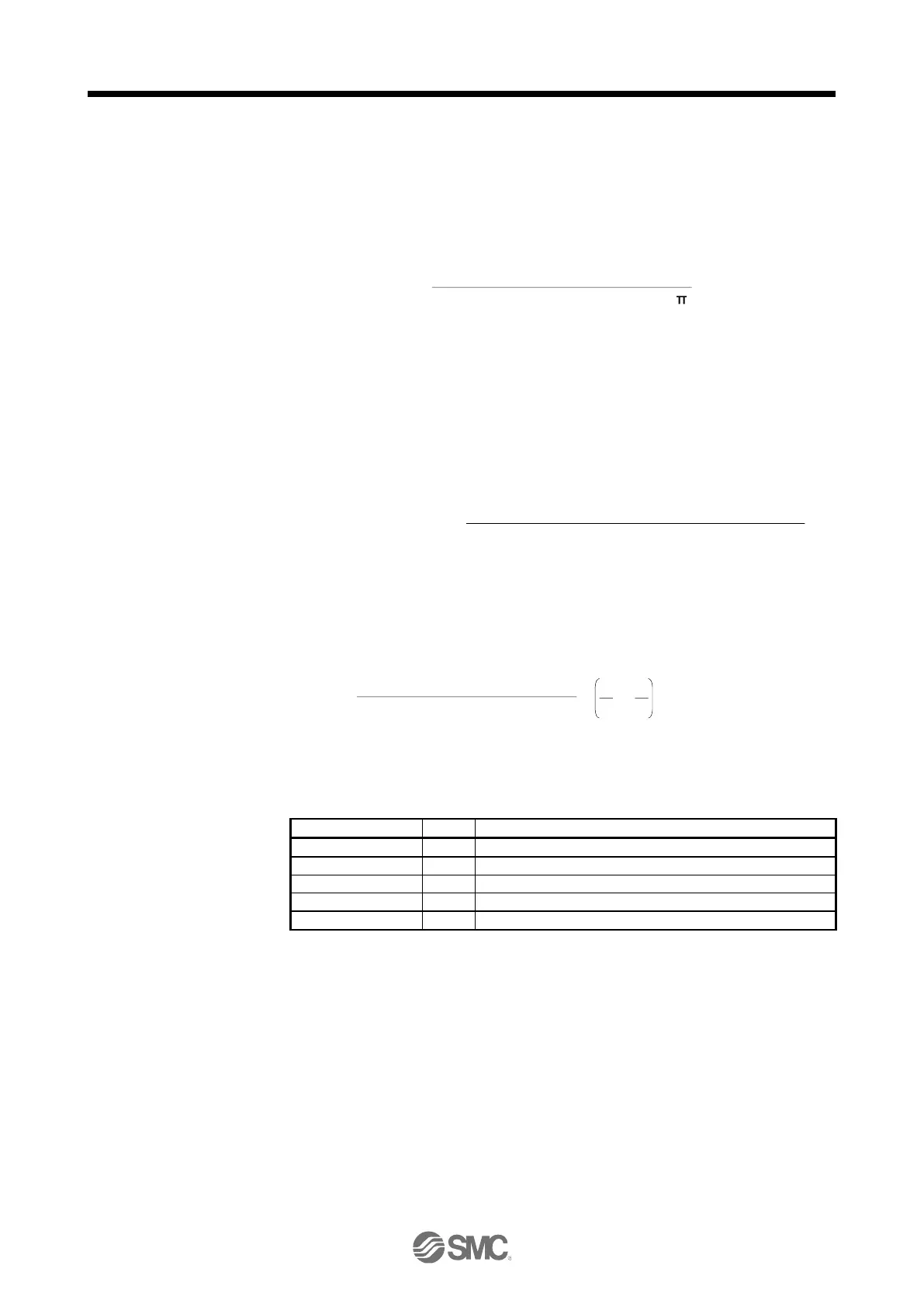